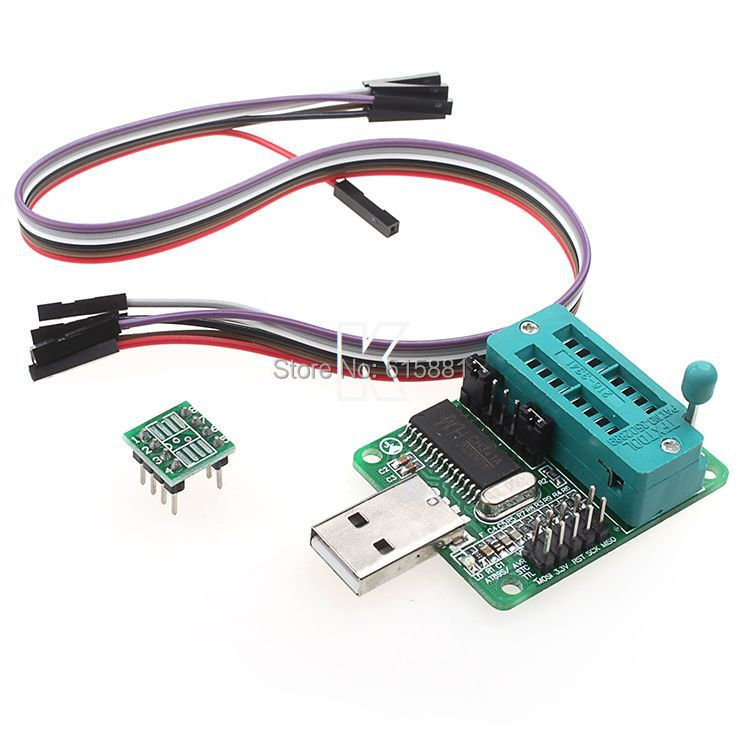Spi Serial Flash Programmer Schematic Drawings

This manual describes the basic concept of serial Flash programming. How This Manual is. Run the correct script. Demo scripts for SPI serial Flash programming are available in the folder. See example diagram below.
Single master to single slave: basic SPI bus example The Serial Peripheral Interface ( SPI) is a interface specification used for short-distance communication, primarily in. The interface was developed by in the mid-1980s and has become a. Typical applications include cards. SPI devices communicate in mode using a architecture with a single master. The master device originates the for reading and writing. Multiple slave-devices are supported through selection with individual (SS) lines.
Sometimes SPI is called a four-wire serial bus, contrasting with,, and serial buses. The SPI may be accurately described as a synchronous serial interface, but it is different from the (SSI) protocol, which is also a four-wire synchronous serial communication protocol. The SSI protocol employs and provides only a single channel. A typical hardware setup using two to form an inter-chip To begin communication, the bus master configures the clock, using a frequency supported by the slave device, typically up to a few MHz. The master then selects the slave device with a logic level 0 on the select line. If a waiting period is required, such as for an analog-to-digital conversion, the master must wait for at least that period of time before issuing clock cycles. During each SPI clock cycle, a full-duplex data transmission occurs.
The master sends a bit on the MOSI line and the slave reads it, while the slave sends a bit on the MISO line and the master reads it. This sequence is maintained even when only one-directional data transfer is intended. Transmissions normally involve two shift registers of some given word-size, such as eight bits, one in the master and one in the slave; they are connected in a virtual ring topology. Kniga edinobozhiya muhammad ibn sulejman at tamimi. Data is usually shifted out with the most significant bit first. On the clock edge, both master and slave shift out a bit and output it on the transmission line to the counterpart.
On the next clock edge, at each receiver the bit is sampled from the transmission line and set as a new least-significant bit of the shift register. After the register bits have been shifted out and in, the master and slave have exchanged register values. If more data needs to be exchanged, the shift registers are reloaded and the process repeats.
Transmission may continue for any number of clock cycles. When complete, the master stops toggling the clock signal, and typically deselects the slave. Transmissions often consist of eight-bit words. However, other word-sizes are also common, for example, sixteen-bit words for touch-screen controllers or audio codecs, such as the TSC2101 by, or twelve-bit words for many digital-to-analog or analog-to-digital converters. Every slave on the bus that has not been activated using its chip select line must disregard the input clock and MOSI signals, and must not drive MISO.
Clock polarity and phase [ ]. A timing diagram showing clock polarity and phase. Red lines denote clock leading edges, and blue lines, trailing edges.
In addition to setting the clock frequency, the master must also configure the clock polarity and phase with respect to the data. Motorola SPI Block Guide names these two options as CPOL and CPHA respectively and most vendors have adopted that convention. The is shown to the right. Samsung proshivka nand phone. The timing is further described below and applies to both the master and the slave device. • CPOL determines the polarity of the clock. The polarities can be converted with a simple.
• CPOL=0 is a clock which idles at 0, and each cycle consists of a pulse of 1. That is, the leading edge is a rising edge, and the trailing edge is a falling edge. • CPOL=1 is a clock which idles at 1, and each cycle consists of a pulse of 0. That is, the leading edge is a falling edge, and the trailing edge is a rising edge. • CPHA determines the timing of the data bits relative to the clock pulses.
It is not trivial to convert between the two forms. • For CPHA=0, the 'out' side changes the data on the trailing edge of the preceding clock cycle, while the 'in' side captures the data on (or shortly after) the leading edge of the clock cycle. The out side holds the data valid until the trailing edge of the current clock cycle. For the first cycle, the first bit must be on the MOSI line before the leading clock edge. • An alternative way of considering it is to say that a CPHA=0 cycle consists of a half cycle with the clock idle, followed by a half cycle with the clock asserted. • For CPHA=1, the 'out' side changes the data on the leading edge of the current clock cycle, while the 'in' side captures the data on (or shortly after) the trailing edge of the clock cycle. The out side holds the data valid until the leading edge of the following clock cycle.
